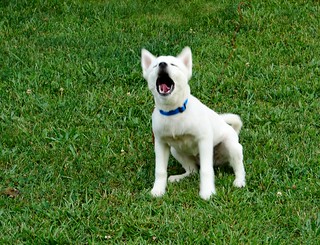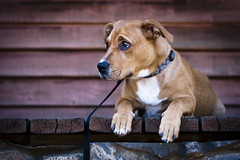A dog’s bladder seems like a mysterious thing. Sometimes it will be hours before they do their potty dance. Other times it will be mere minutes after the last time. Though this can leave you frazzled, there’s no reason to get upset. Doggy bladders are very easy to understand once you actually get to know them a bit more.
Holding It In
How long you should wait before walking your dog it is very much like how it is in humans. Based on their age, sex, health and body size, the “correct†amount of time varies from pooch to pooch. That being said, we can make some general assumptions for the vast majority of dogs in the world. For instance, smaller and younger dogs will need to pee more than their counterparts. This makes sense because smaller dogs have smaller bladders while younger dogs process waste faster.
Another rule of thumb to go with is a bit more factual. From what we know, dogs produce around 10 to 20 mL of urine for every pound they weigh each and every day. This translates to about three to five potty breaks every day. However, sometimes there are occasions when your pup will need to hold their bladder for longer than is normal. In these cases, the older your dog is, the longer they can hold it. Puppies cannot. In fact, they are not able to physically control their own bladders until at least 16 weeks of age and even then cannot be expected to do so reliably until they reach six months.
Too Long
Dogs are pretty good at holding their own for rather long stretches of time. Many often have to keep it in for eight to 12 hours at a time due to human work schedules. While this isn’t ideal, it’s definitely doable as the dog will refrain from drinking too much so that they don’t have an accident.
Even so, this is never a good idea for prolonged periods of time. After all, asking them to hold waste within their bodies for extended periods of time will wreak havoc on their insides much in the same way it destroys us internally. The most common problems are UTIs and urinary stones. Other research suggests that continued prolonged potty holding can lead to urinary cancers. This is due to the fact that urine contains some carcinogens. If left in the body for too long, they infect the otherwise healthy cells of the urinary tract.
In the end, your dog can go for extreme periods of time without needing to use the restroom. While great for the owner that heads regularly, it’s an extremely detrimental practice that should only occur rarely and in dire circumstances. Waste should be expelled regularly, and if your dog can’t get that kind of necessary relief, now’s not the best time for you to own a dog.









